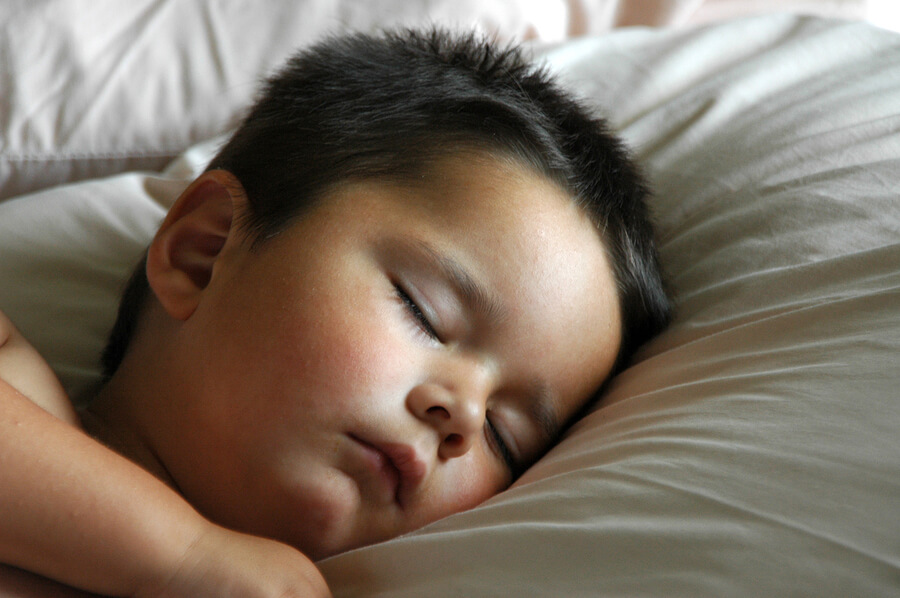We tend to think of sleep apnea as something that’s most likely to affect a middle-aged adult male who is overweight. The fact is that children can experience sleep disorders, too, including sleep apnea. Unfortunately, this can mean that parents miss the signs since they’re not expecting to see sleep apnea in someone so young. Even worse, their child’s sleep apnea can be misdiagnosed as attention deficit hyperactivity disorder (ADHD), sensory issues, or misbehavior leading to unnecessary emotional strain, treatments and possibly prescriptions for stimulant medication (often prescribed for ADHD)s.
How Poor Sleep Affects Children
Restful, restorative sleep is crucial for people of all ages. When children don’t get enough sleep, they may exhibit some of the following signs:
- Memory problems
- Cognitive difficulties
- Poor attention span
- Behavioral problems at school
- Hyperactivity
- Impulsiveness
- Crankiness/Moodiness
- Sensory hypersensitvity
If you know anything about ADHD, then you probably realize that these signs also manifest in children who have ADHD. This is where the confusion comes in and how one can be mistaken for the other.
How to Tell ADHD and Sleep Apnea Apart
If your child has been diagnosed with ADHD but you’re not convinced about the diagnosis, look out for these other signs of sleep apnea while your child’s asleep:
- Snoring
- Audible breathing when asleep
- Mouth breathing
- Choking, coughing, or gasping for breath
- Wetting the bed
Talk to your doctor about the possibility of a sleep disorder if you notice any of these signs and request a sleep study, which is the only way to get a true diagnosis of sleep apnea. The American Academy of Pediatrics guidelines state that a child who snores SHOULD be tested for sleep apnea.
Treating Your Child’s Sleep Apnea
Treatment for your child’s sleep apnea will depend on what’s causing it in the first place. In children, obstructive sleep apnea is most often caused by enlarged adenoids or enlarged tonsils which block the airway. These can be removed with surgery. The only drawback is that in about 30% of the cases, the tonsils or adenoids can grow back if they have only been “shaved down” rather than complete removal.
Another option is palatal expansion and/or breathing education.
Sleep apnea that’s left untreated doesn’t just affect a child’s behavior, but actually causes damage in the brain, effectively lowering IQ. If you think your child might have a sleep disorder, don’t wait. Take action now and get your child’s condition diagnosed and treated. When you do, you’ll see a big improvement in his or her behavior, mood, and quality of life.
